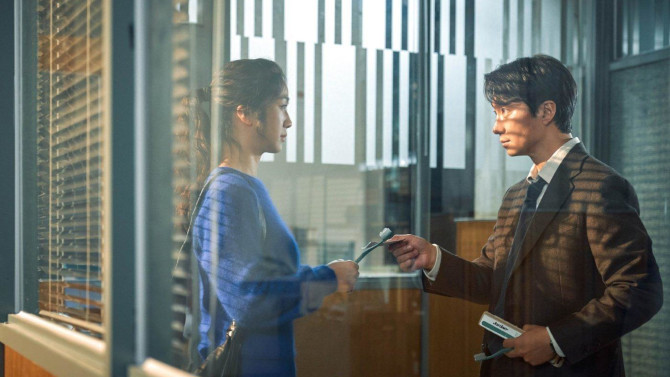
Brave the Elements
Park Chan-wook has never hidden the fact that he is a huge fan of Alfred Hitchcock – frequently highlighting Vertigo as the movie that got him into film making. Like many before him, perhaps most notably Brian De Palma, he has found clever ways to integrate influences from The Master of Suspense within his own work, the easiest comparison being Stoker... a loose remake of Shadow of a Doubt. But his most recent feature, Decision to Leave (2022), which he co-writes and directs, might even be more so – though crafted so subtly that you really need to know your Hitchcockian filmography to see where he is pulling from. Originally getting the idea from the song “Mist” by Jung Hoon Hee and Song Chang-sik, which fuses quite nicely with the above quotation from Confucius, this mystery crime thriller flits between the always mist filled skies of seaside Ipo and the mountainous city of Busan. Though insomniac detective Jang Hae-joon (Park Hae-il) resides in the former with his wife Jeong-ahn (Lee Jung-hyun), he lives six days a week in the latter – a place that he has moved to for his job.
-
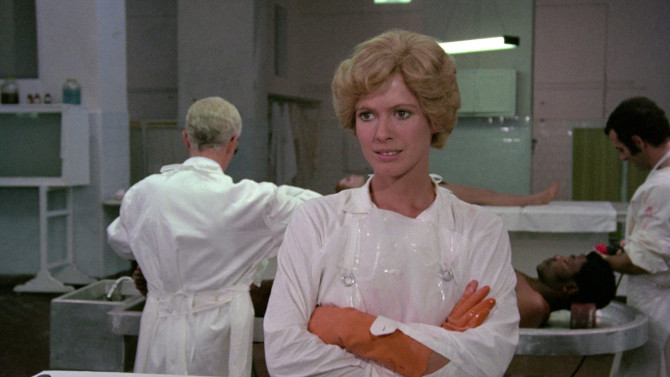
Just Around the Coroner
AutopsyApril 18, 2021Perhaps the most wild and audacious opening ever seen in a giallo, 1975's Autopsy, co-written and directed by Armando Crispino, starts with a rotisserie of people committing suicide in both shocking and outlandish ways. . . only for the camera to then take us into one of the last taboo places in film, the morgue, to show us the bodies piling up in the life of half American/half Italian Simona Sanna (Mimsy Farmer) – this is clearly not the Rome we normally see in movies. Now, you may be wondering what all these bodies have to do with her. . . well, she is a young doctor working on a research project revolving around the difference between suicides and well hidden murders made to look like the former. As you might imagine, it is grave subject matter. . . so much so that she is struggling in her romantic relationship with photographer Riccardo (Ray Lovelock) and is even hallucinating that those dead bodies are coming back to life.
-
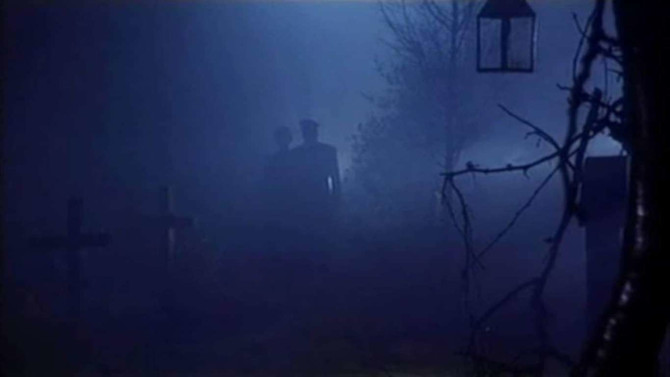
I Put A Spell On You
The Murder MansionApril 3, 2021Walking a narrow tightrope between giallo and horror, 1972's Murder Mansion, by then first time director Francisco Lara Polop, pulls from films like The Cat and the Canary (either the 1927 or 1939 edition) and House on Haunted Hill (1959), as well as sources like Agatha Christie’s “And Then There Were None” and maybe even Scooby-Doo, to create a bizarre concoction that mostly works. Opening in a most unexpected way for either a giallo or horror feature, motorcycle meets sports car in a blistering country road race, the former driven by calm, cool, and collected Fred (Andrés Resino), while the latter is floored by cocksure Mr. Porter (Franco Fantasia – talk about a name). Only fueling the fire, sultry fashionista Laura (Lisa Leonardi) is spotted hitchhiking. . . the motorist winning the pick-up over the biker, the chase continuing as they weave in and out of sporadic traffic. . . only for the biker to convince her to join him at their next gas station stop (as Mr. Porter is a tad too handsy).
-
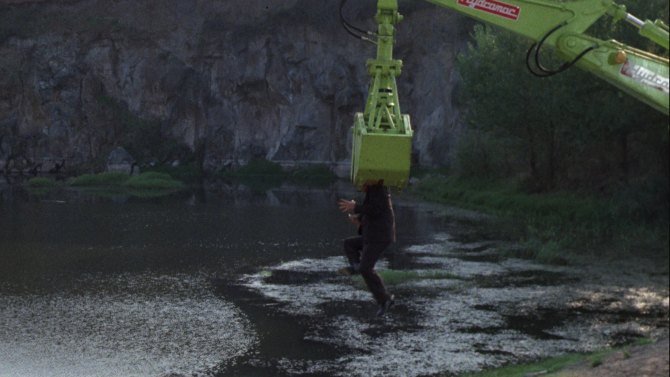
Mio Caro Assassino
My Dear KillerMarch 14, 2021Introducing us to what would normally be our main protagonist in a gialli, Umberto Paradisi (Francesco Di Federico) – an insurance investigator turned amateur sleuth who has hired a two bucketed backhoe to dredge up some unknown clue from a murky quarry pond, is unceremoniously nabbed by the two pronged machine, hoisted up, legs dangling, before his neck finally gives way and he is no more – talk about an introduction! The movie title, which is a rare near perfect translation of its original Italian, is My Dear Killer (1972), directed by Tonino Valerii, a slightly lesser known giallo with some influential moments.
-
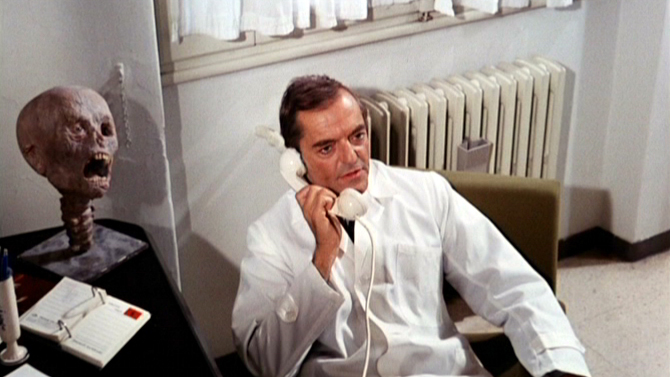
What Could Have Been: The French Sex Murders
March 2, 2021If you’ve stumbled into the world of producer Dick Randall, then congratulations on being a part of a most bizarre level of film watching that most regular cinephiles will never reach. A fly by night producer (with a number of aliases – for example, Claudio Rainis in Italy) who knew how to talk the talk, he found money in the least expected places. . . in fact, it has long been rumoured that the reason he did not return to the United States was because he borrowed from the wrong people (some mobsters) when trying to get a couple Broadway plays up and running. A master (and I use that term lightly) of exploiting the most recent trend (think sexploitation, mondo, giallo, karate, even James Bond), this globetrotter jumped from one place to the next, spending some time in Italy, only to then make his way to the Philippines for another low budget project.
-
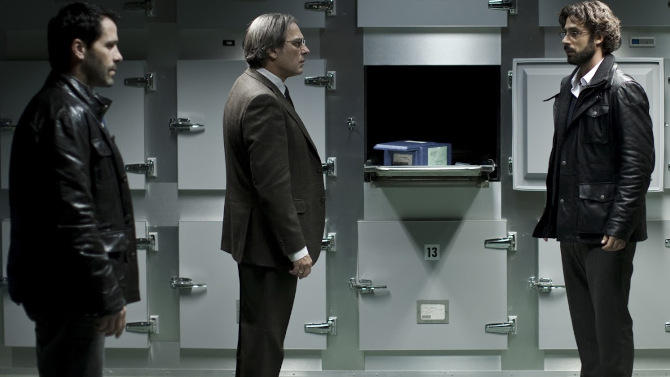
Morgue-Gauge
The BodyFebruary 24, 2021Sometimes a ‘From the Producers of’ label found during a trailer (or slapped across a DVD or Blu-Ray) can be a very misleading thing, yet, in this case, it is wholly justified. One of the most intense, dark, and intriguing groupings of mystery/thrillers (with horror elements) to come out over the past twenty years are three Spanish language films, all starring Belén Rueda. Starting with the most well known, 2007's The Orphanage, it was then followed by 2010's Julia’s Eyes, this Producers’ trilogy closing with 2012's The Body (reviewed here today. . . write-ups on the other two can also be found on Filmizon.com). Co-written and directed by Oriol Paulo, he sets his story (for the most part) in a most disturbing place – the morgue. On this dark stormy evening, we find the night guardsman fleeing the remote locale with a fear that can only be described as primordial (akin to seeing a ghost). . . he is soon after struck by a car (leaving him in a coma).
-
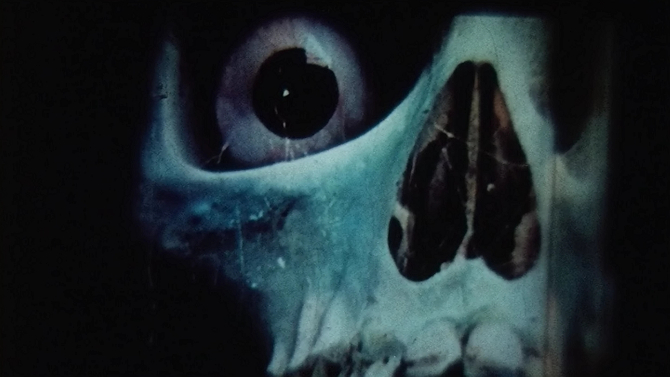
Room With a Bloody View
The Girl in Room 2AJanuary 17, 2021A rare giallo that is co-produced and directed by Americans, 1974's The Girl in Room 2A fuses the prototypical Italian suspense/thriller with the claustrophobia and psychedelic visions found in Rosemary’s Baby, the gothic horror of Edgar Allan Poe (specifically, the macabre 1964 Roger Corman rendition of The Masque of the Red Death starring Vincent Price), American exploitation. . . as well as a few other touches (you might see some Psycho and early slasher film samplings pop in here). Co-produced by eccentric exploitation maestro Dick Randall (if you think of the infamous Weng Weng Filipino James Bond spoof For Y’Ur Height Only, this should give you an idea of the types of movies this guy made) and directed by William Rose (a man with only seven directorial credits to his name – though gems like 50,000 BC (Before Clothing) might sound Oscar worthy to some), this American pair take a unique path for their story.
